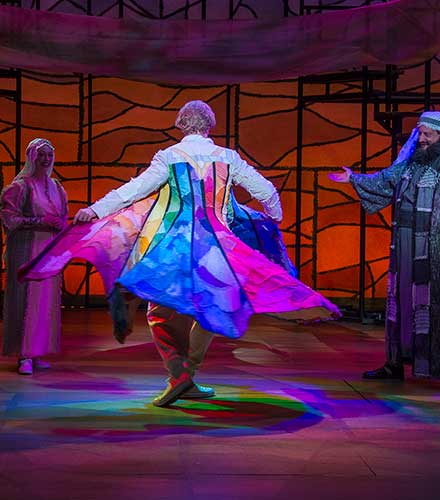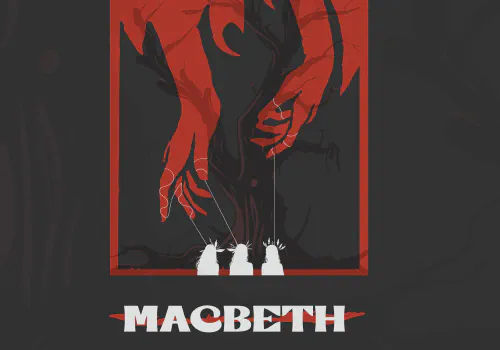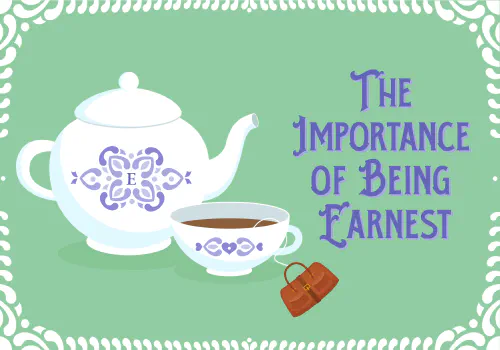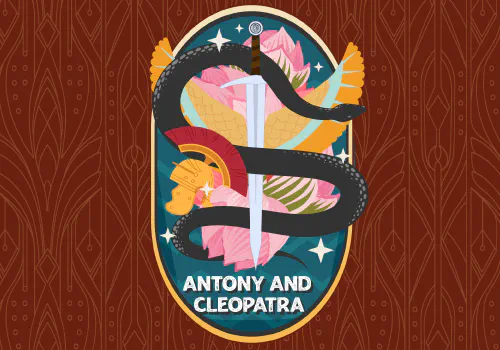The "Genesis" of Joseph and His Dreamcoat

Hilary Alexa Caldwell (left) as Rachel, Aaron Young as Joseph, and Michael A. Harding as Jacob.
By Kathryn Neves
Joseph and the Amazing Technicolor Dreamcoat is one of musical theatre’s most popular shows. And it’s no wonder: with fun music, great lyrics, and zany characters, it’s a show not easily forgotten. But more than that, the story of Joseph is something that resonates with many people. After all, at its core, Joseph and the Amazing Technicolor Dreamcoat is a biblical story, passed down century after century. It is a story of family, mistakes, and forgiveness. And Joseph himself is an important figure in several of the world’s major religions; his story is familiar to many people across the globe. So what is the real story of Joseph?
Well, in truth, Andrew Lloyd Webber’s musical does a pretty good job of telling the story accurately, at least according to scripture. Here’s a quick rundown: Joseph is one of the twelve sons of Jacob (otherwise known as Israel). And even though he’s toward the younger end of the litter, he is Jacob’s favorite son, the first son of his favorite wife. So, he gets the birthright, and Jacob gives Joseph a colorful coat to signify his importance. Beyond that, Joseph has prophetic dreams that seem to imply his superiority over his brothers. This doesn’t sit well with them, and they sell him into slavery. Joseph is taken to Egypt, where he moves from place to place and master to master—from a large and important household, to prison, and finally to the Pharaoh. Here, his ability to decipher prophetic dreams comes in handy and saves him from the life in prison. He interprets the Pharaoh’s dreams, and is promoted to the position of vizier— essentially the most powerful man in Egypt besides Pharaoh himself. Joseph leads Egypt through a time of famine, reunites with his brothers and father (after testing their loyalty), and they all move to Egypt to be together with Joseph and be saved from famine.
Joseph was originally from Canaan, which is in modern-day Palestine, Syria, and Israel. According to the Bible, he invited his family—jealous brothers and all—to live with him in the Pharaoh’s household; thus starting the years of Israel in Egypt. Interestingly, it’s said that he asked his descendants to bring his bones back to Canaan if they ever left Egypt. So, according to the Bible, Moses brought Joseph’s remains back to Sechem— modern-day Palestine— where they remain to this day. In fact, there is a funerary monument there today that is a sacred site to many religions.
As the vizier, Joseph would have had immense power. Although there are no records (beyond scripture) of a vizier named Joseph from this time period, there are some interesting pieces of historical evidence that corroborate parts of the story. For one thing, there is evidence of a drought in Egypt around the time of the story. For another, during this time period “a canal was built to keep the ranches of the Nile permanently open, enabling water to . . . keep the land fertile . . . in Arabic it’s the Bahr Yusef. This translates into English as The Waterway of Joseph” (“Joseph,” Religions: Judaism, [BBC, 2009]). It’s possible that Joseph built the canal as part of his plan to save Egypt from the famine.
Practicers of Christianity, Islam, and Judaism all revere Joseph as a prophet, as well as the father of important bloodlines. In Judaism, he’s known as the figure who initially brought the tribes of Israel into Egypt. In Christianity, he is considered to be a symbol, or type, of Christ. In Islam, it’s said Muhammed declared that Joseph was incredibly handsome, receiving half the beauty God apportioned for mankind. Beyond that, throughout the centuries Joseph’s story has provided an example of morality and faith for religious people to follow.
This is why the story has endured for so long. Whether you revere Joseph as a prophet or just want to watch Andrew Lloyd Webber’s musical, Joseph’s story is universal. Themes of jealousy, love, loyalty, and above all, family, resonate with everyone—whether read from the Bible or seen from the stage. “The story of a boy whose dreams came true” appeals to us all—because “it could be you.”
Joseph and the Amazing Technicolor Dreamcoat plays through October 12 at the Festival. Tickets are available by calling 800-PLAYTIX or at www.bard.org.









